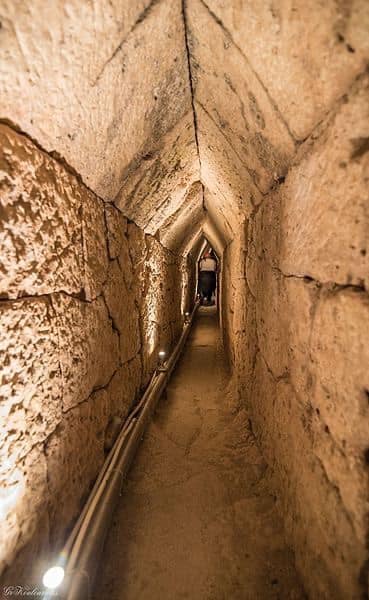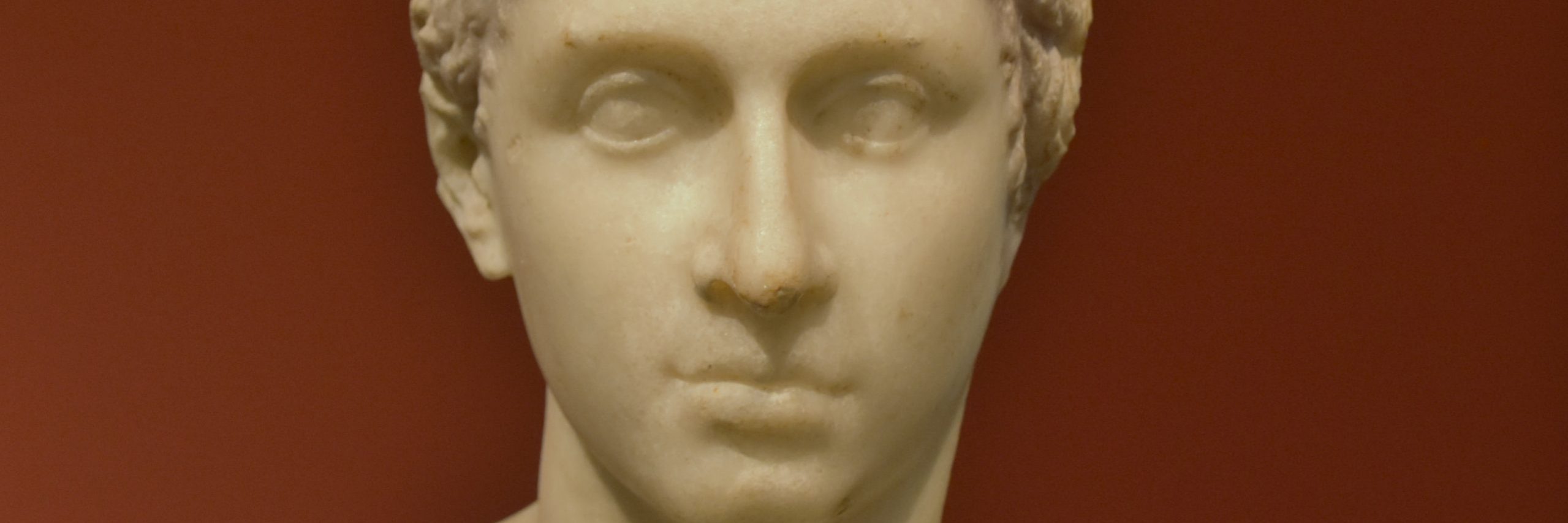A bust of Cleopatra. Source: Wikimedia Commons.
A team of archaeologists have found a 1.5km tunnel that they think leads to the tomb of ancient Egypt’s famed female Pharoah, Cleopatra.
Dr Kathleen Martinez and her team from the University of San Domingo discovered a 1500m tunnel during excavations near the Temple of Tapozeries Magna in West Alexandria, Egypt.
The tunnel is 1.8 metres high and has already unearthed several gold-tongued mummies, sculptures, and ancient coins. The Egyptian Ministry of Tourism and Antiquities has said that parts of the tunnel was “submerged under the Mediterranean”.
It’s believed by archaeologists that numerous earthquakes over the years have caused other parts of the tunnel to collapse, meaning reaching a potential tomb could prove quite difficult.
Dr Martinez spoke to Heritage Key and highlighted the importance of this discovery, whether it is the tomb of Cleopatra or not.
“This is the perfect place for the tomb of Cleopatra,” she said.
“If there’s a one percent chance that the last queen of Egypt could be buried there, it is my duty to search for her. If we discover the tomb… it will be the most important discovery of the 21st century. If we do not discover the tomb… we made major discoveries here, inside the temple and outside the temple.”

Cleopatra was the last ruler of Egypt and reigned from 51 to 30 BC with her life broadly written about throughout history.
She was an intelligent and influential figure of her time who was incredibly well versed in the arts, science, literature as well as military operations and the concerns of Egyptians.
Her love life was also widely documented, including her affairs with Roman leaders Julius Caesar and Marc Antony, the latter of which she had two children with.
Historical recounts suggest that Antony killed himself when he was delivered false news that Cleopatra had died. He had his body taken to the Mausoleum where she staying and after Antony was buried, experts say that Cleopatra killed herself with the venom of an asp.
More excavations and research will continue.





